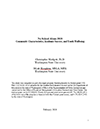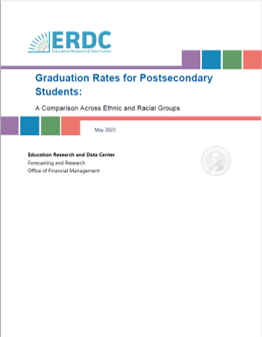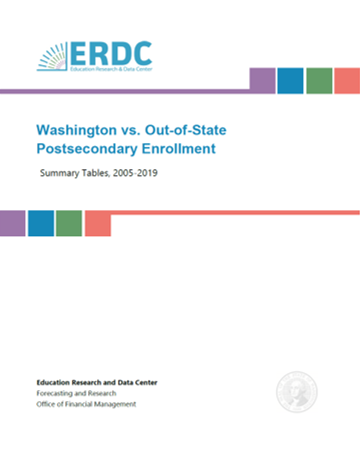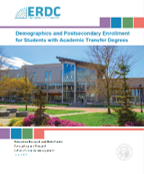No School Alone 2018
This report is part of a series of studies addressing the potential effects that community differences have on academic success and youth wellbeing. The companion reports are the No School Alone study released in 2015 and the Every Child School Ready report addressing school differences in kindergarten readiness released in early 2018. In this report, we update the original No School Alone report with school performance data through the 2016-2017 school year. In addition to updating the initial No School Alone report, changes in the data systems maintained by Washington State’s Office of the Superintendent of Public Instruction (OSPI) permitted an examination of school performance differences for specific populations of Washington students. While only the results for the 2016-2017 school year are presented, we confirmed these findings also describe school differences in the 2014-2015 and the 2015-2016 school years.
Key findings from this report include the following:
- Confirms the finding that differences in school academic success and youth wellbeing are highly associated with a variety of specific community risk and protective factors.
- Confirms the results from the two companion studies that the specific risk and protective factors are in turn explained to a significant degree by (a) the level of poverty in a school’s student population and (b) the percent of adults in a school’s community who report growing up with three or more adverse childhood experiences (ACEs).
- Confirms the finding that school poverty and levels of community adult ACEs are predictive of academic success based on standardized test results. Adding specific risk and protective factors did not increase our ability to predict differences across schools above the explanatory power of poverty and ACEs.
More findings can be found in the report, which is located at https://extension.wsu.edu/cafru/research/










